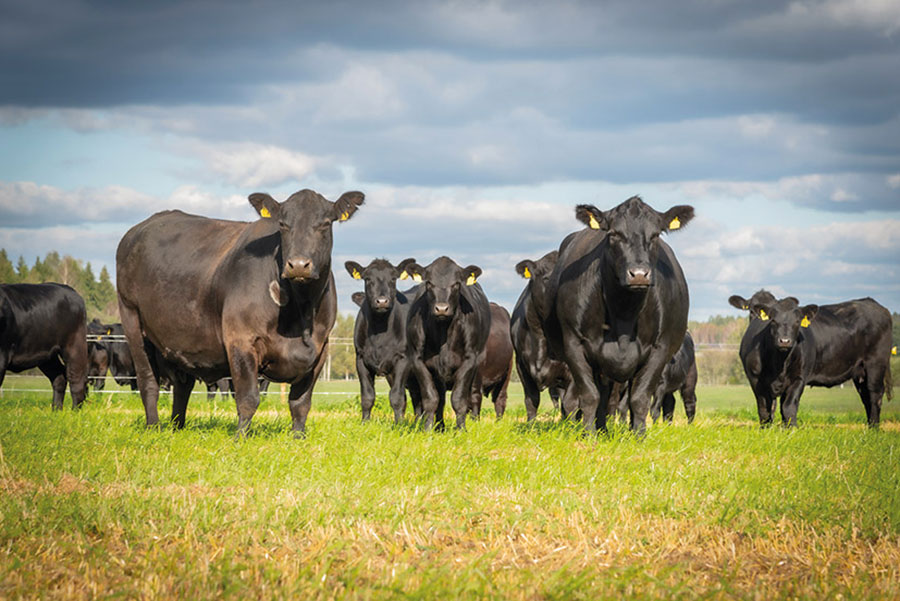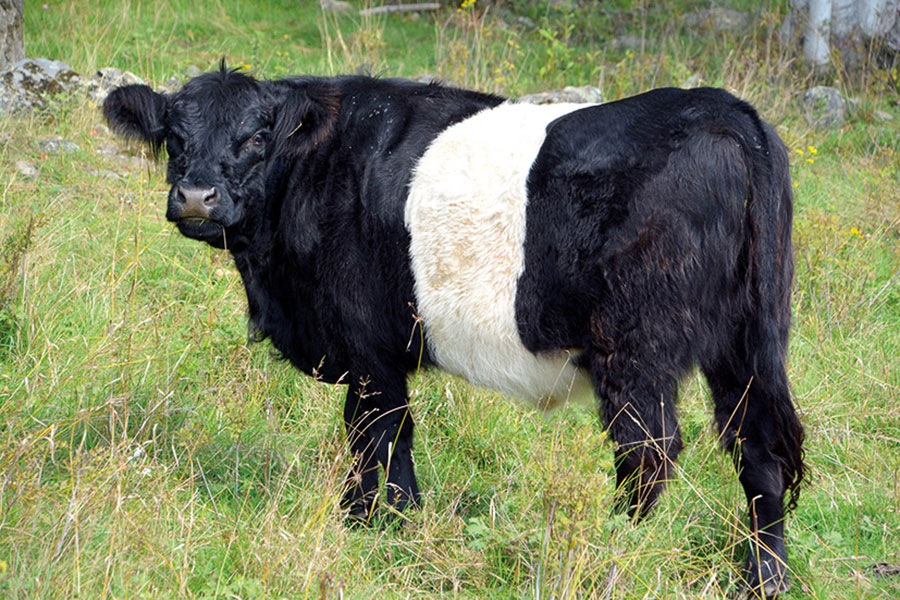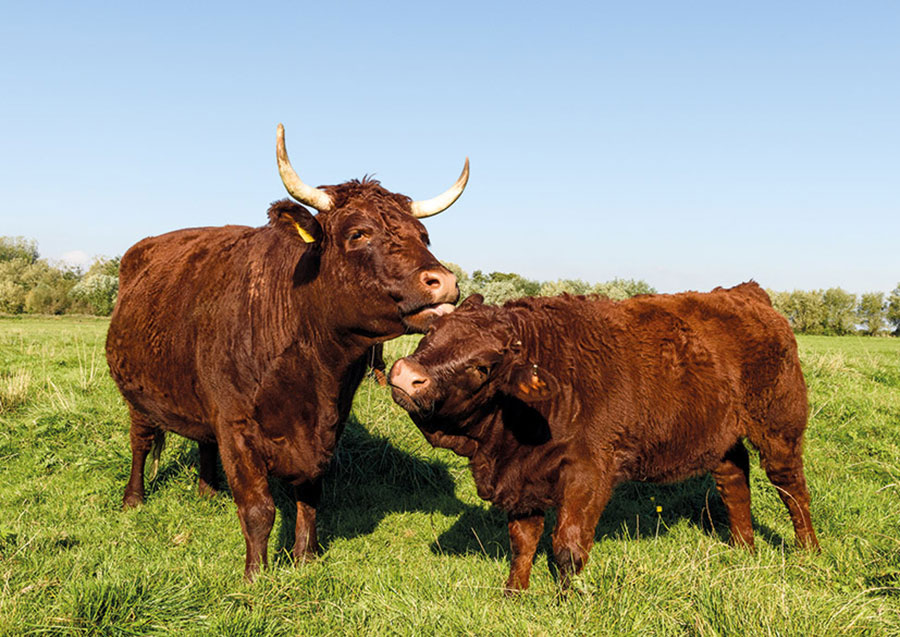Native beef breeds: An opportunity for farmers?
2nd May 2024
Despite many of the UK’s native cattle breeds being at real risk of extinction, they could help to meet the country’s environmental goals whilst reducing input costs for farmers, as they are well adapted to low-input systems. Additionally, native breeds can offer greater nutritional value and superior flavour. Sarah Kidby reports.

Last year Waitrose became the first supermarket to commit to selling beef from up to 20 different native breeds, such as Red Ruby, Belted Galloway and Welsh Black, in addition to the Hereford and Aberdeen Angus it already stocked. The supermarket cited quality and taste, as well as environmental credentials, among the benefits of native breeds.
Adapted over generations
Having adapted over the generations to suit the UK’s landscapes and climate, these breeds tend to be hardy and suited to low input systems. Many thrive on marginal, unimproved ground ill-suited to continentals, enhancing the biodiversity of marginal and environmentally sensitive areas. This is particularly beneficial given the substantial change in farming policy, which has seen the government shift focus to ‘public money for public goods’.
Christopher Price, chief executive of the Rare Breeds Survival Trust, noted: “Our native cattle have long been bred for the UK’s landscapes and environments, in some cases like the rare Gloucester and British White breeds, over many centuries. This unique heritage helps native breeds thrive on UK farms and offers both commercial and environmental benefits for farmers.”
Many native cattle breeds are an excellent choice for conservation grazing, he continued, and play a big part in replenishing farm biodiversity and regenerating soil health.
Nikki Yoxall, head of research for Pasture for Life, said most of the scheme’s certified farmers run native cattle breeds, from Angus and Belted Galloways to South Devons, Beef Shorthorns and traditional Herefords. “Rotationally grazing cattle helps improve soil health because what the animals do not eat is left for the worms to take down to feed the ground. Biodiversity is also given a boost, with the emergence of many wildflowers and insects in fields grazed in this way.”
Low input systems
This adaption to the UK’s climate and landscapes not only offers environmental benefits; it can also mean reduced input costs for farmers.
“Native breeds are hardy and often smaller in size and thrive in the UK climate. They have the potential to suit outwintered systems, feeding deferred grass, which is left standing from the previous year, or by grazing bales of hay. This makes them very low cost,” Nikki explained. One Cumbrian farming couple were able to reduce their wintering costs from £375 per head to just £30/head by cutting out winter housing.

Native breeds show increased longevity compared to larger continental breeds, tend to give birth with minimal intervention and display greater resilience to endemic pests and diseases. Christopher said input costs and veterinary needs can be “vastly lower” than with continental breeds.
Nikki added: “Native breeds are frequently cited as being low maintenance, often calving without assistance and needing very little veterinary attention. Where they are mob-grazed, where paddocks are rested for several weeks between grazings they often require little or no worming. They do not need any additional and expensive cereal feeds to produce a calf or to finish well for the butcher, suiting 100% pasture fed systems.”
Added to this, grazing diverse landscapes results in unique and superior flavours and textures. These are specific to each breed and meat can be sold at a premium, with “fantastic marketing scope in their history and local connections”, Christopher added.
Human health benefits
Meat from grass-fed native breeds has also been shown to offer human health benefits – with grass containing around 45–50% Omega-3 fatty acids. Research has shown grass-reared beef contains less saturated fatty acids and an optimum ratio of Omega-3 and Omega-6, which can protect against arteriosclerosis, thrombosis and may even reduce cholesterol levels.
Additionally, beef from grass-fed native breeds contains a fatty acid known as conjugated linoleic acid (CLA) which research has shown has anti-carcinogenic properties and can provide protection from diabetes and arteriosclerosis, help to reduce obesity, and boost the immune system.
A future in UK farming
Nikki believes native breeds could offer “an ideal package for farmers looking to reduce their costs whilst producing high quality, tasty food that is also healthier for people to eat if 100% pasture fed”.

“This is a much more financially viable yet more sustainable way of producing beef,” she concluded.
Christopher wants to see native cattle breeds return to the core of UK farming’s future. “They are the right breeds to deliver the vision shared by farmers and government of viable, sustainable food production alongside public payments for restoring and supporting nature.
“Consumers are increasingly aware of the provenance of what they eat. The high quality, high welfare and local provenance of farming with native breed cattle is well suited to the growing consumer trend for eating less but better meat. These breeds have served the UK so well in the past, and now they can take farming into a sustainable future.”
Read more livestock news


